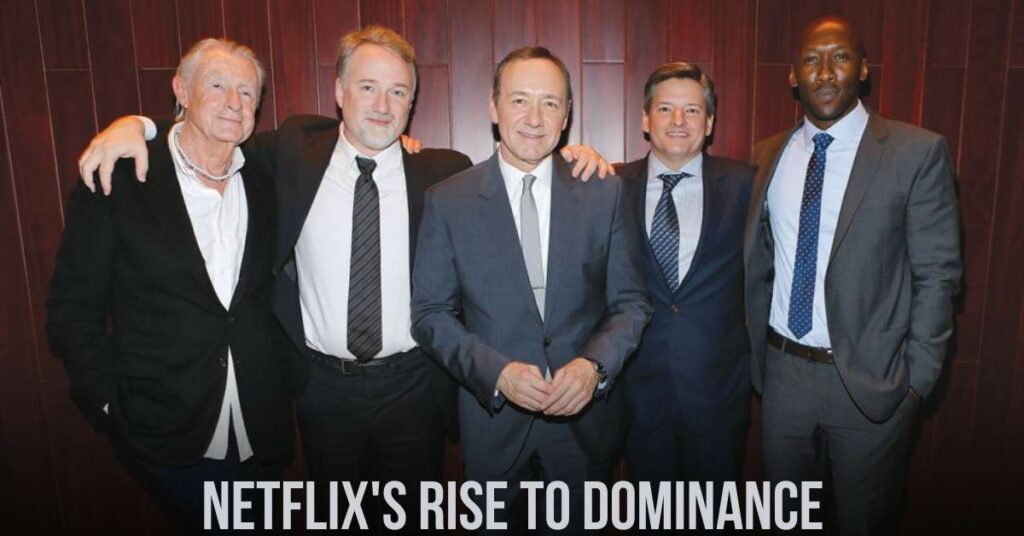In the early 2010s, David Fincher embarked on a groundbreaking television venture—House of Cards, a dark adaptation of the British political drama. Fincher’s audacious demand for an entire 13-episode season, bypassing the traditional pilot route, shook the industry. HBO, initially approached, balked at Fincher’s terms.
Enter Netflix, a fledgling player, still perceived as Blockbuster on steroids. Ted Sarandos, Netflix’s content chief, intrigued by the potential, made an unprecedented move, betting $100 million on two full seasons of House of Cards, disregarding conventional industry norms.
Algorithmic Prowess: The Secret Weapon
While Netflix might not have grasped the intricacies of the pilot system, it possessed a formidable weapon—algorithms. Sarandos embraced data-driven decision-making, applying algorithms to analyze various factors, from the British House of Cards to Fincher’s filmography and Kevin Spacey’s involvement. The outcome was a resounding endorsement: House of Cards would be a winner.
Binge-Watching Revolution: House of Cards’ Unconventional Release
Netflix didn’t stop at defying the pilot tradition. It further scandalized the industry by releasing the entire first season of House of Cards at once, ushering in the era of binge-watching. Sarandos challenged the established norm of weekly episode releases, opting for a full-season drop. Despite skepticism from traditional networks, this move became a pivotal moment, shaping the viewing habits of audiences and solidifying Netflix’s disruptive presence.
The Netflix Way: Culture and Chaos
Netflix’s internal culture dubbed the “Netflix Way,” thrived on transparency, autonomy, and a results-driven ethos. Patty McCord, the head of HR, played a pivotal role in fostering a workplace where employees were treated as “fully formed adults.” However, the cutthroat nature of the “Keeper Test” and the emphasis on constant innovation created an environment where employees felt the pressure to perform or face termination.
Strategic Shifts and Streaming Dominance
With the success of House of Cards and subsequent hits like Orange Is the New Black and Stranger Things, Netflix became a powerhouse in the streaming landscape. The streamer’s model shifted towards producing more originals, setting the standard for rivals.
However, success came at a cost, with escalating expenditures on both content and lucrative deals with celebrity showrunners. The streamer’s financial success allowed it to hit the 200 million subscriber mark, but its aggressive tactics and financial outlook faced scrutiny and challenges in the industry.
Bitter Backlash: Industry Perceptions and Cooling Relations
Netflix’s ascendancy brought with it a mixed reputation. While its success was undeniable, its executives, particularly Hastings and Sarandos, were perceived as difficult negotiators. The town’s fear and greed dynamics were replaced by a Netflix-driven narrative: “You’ll be back.” The streaming giant’s disruption of traditional relationships and power dynamics left an indelible mark on the industry, with trust and relationships eroding in the wake of its dominance.
As Netflix navigated the highs and lows of its streaming revolution, the industry grappled with the lasting impact of its disruptive strategies. The Netflix Way, a beacon of innovation, simultaneously became a source of contention, leaving creatives and competitors to question the true cost of the streaming giant’s rise to dominance.

